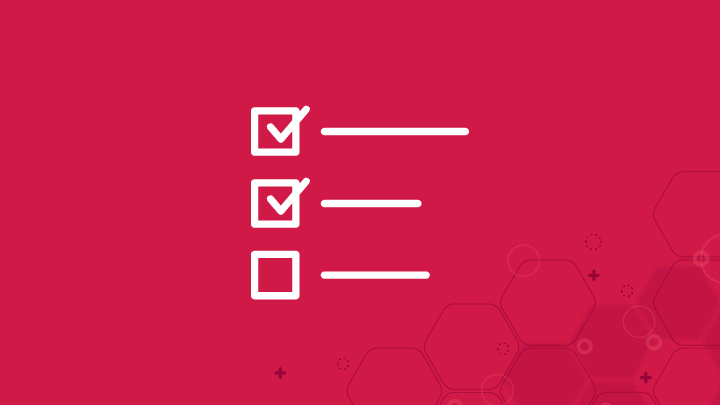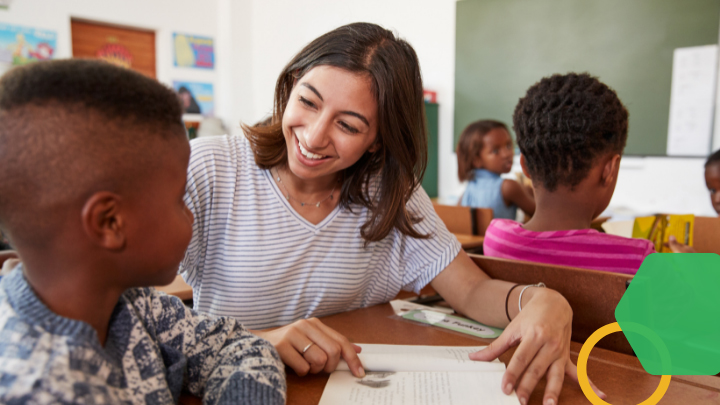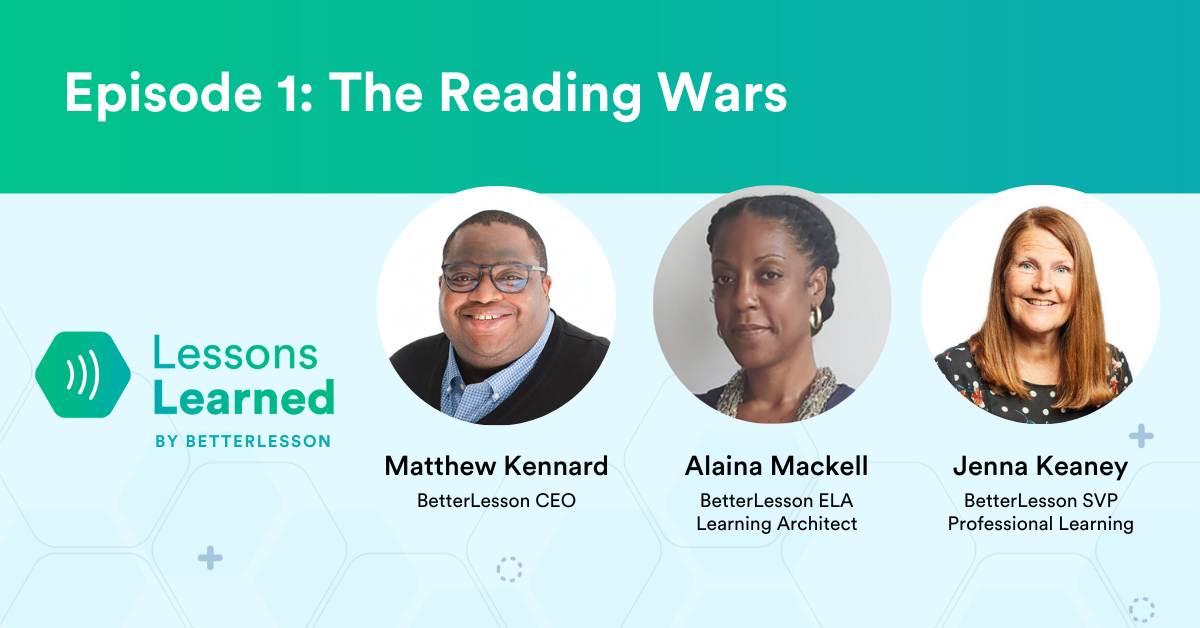This is the fifth blog in our Newsela student-centered literacy blog series. You can find the previous installment here and the subsequent, and final, installment here.
Let’s face it. Teachers all wish that there was more time. With seemingly endless standards, huge textbooks, standardized testing, and administrative mandates, it can be challenging to find the time to teach the full curriculum. Many teachers want to implement more student-centered instructional practices, but worry that they do not have the time or space to add new things to their practice. The truth is, infusing student-centered literacy practices into an established curriculum is much easier and more impactful than one might think.
Where Do I Begin?
Infusing student-centered literacy practices into the classroom does not require a complete overhaul of established instructional practices. You can start as small as using one new discussion strategy each unit or by offering students choice on one reading assignment. Here are a few ways I’ve infused student-centered literacy practices into an established curriculum.
Acquiring Background Knowledge Before Reading a Novel
Teachers often plan a few activities used to share fundamental background knowledge with students before starting a new novel or unit. In the past, I had students watch videos and read interviews or articles as pre-work. While students acquired background knowledge about some of the topics in the novel, it was not a particularly engaging or student-centered activity.
Now, I create a Newsela Text Set containing articles that address key themes or topics addressed by the text. Students choose articles from the Text Set that interest them and share what they learn with their classmates. When my class reads Freak the Mighty, we use this Text Set containing articles about robotics, disabilities, empathy, King Arthur, and more. For more details about how to plan such an activity, take a look at the Building Background Knowledge about Novels Strategy, part of BetterLesson’s Newsela Learning Domain.
After building their background knowledge, students may share what they have learned with one another through an activity such as a Gallery Walk or a Jigsaw. Replacing other context building activities with this approach empowers students to make decisions about their learning.
Using Anticipation Guides as Unit Hooks
Anticipation Guides are a valuable pre-reading strategy that supports student comprehension by activating schema and sparking student interest in the topic. Before reading, students read a series of statements related to the content and check “Agree” or “Disagree.” Then they share their opinions with classmates to further elaborate on their thinking. After reading the article, students return to the guide to reflect on their initial thinking and make adjustments.
When beginning a science unit on—for example—pollution or the environment, consider assigning an article such as this one about the Great Pacific Garbage Patch. Students can use the Anticipation Guide to generate questions to answer or problems to solve throughout the unit. Anticipation guides work best when students are provided with a series of provocative and unique statements. Anticipation Guides offer the opportunity for students to revise their thinking after reading, and qualifying whether or not they’ve maintained their original line of thinking.
Using Current Event Articles to Learn History
A particularly useful way to use student-centered literacy practices during a history unit is through the analysis of current events. Start by reading several news articles related to an upcoming unit. As the unit progresses, have students identify historical moments that may have contributed to the selected new stories. By the end of the unit, students will have a working hypothesis about the historical context that contributed to a modern-day event.
When studying the Korean War, I introduce the unit with an article, like this one, and ask students to highlight or take notes on the key ideas. Then as we learn more about the history of the United States and Korea, students could determine what aspects of history manifest in the current article. This process can help students begin to see the value of studying history and learning from past mistakes. Developing and refining a hypothesis allows students to play an active role in their learning.
Making Connections
The Notice, Wonder, Connect Strategy encourages students to ask questions about a text and to connect it to their experiences and knowledge. This is a low-prep, high-yield strategy that can make reading an article a more personal, meaningful task for students.
I use Notice, Wonder, Connect with my students at the beginning of a mythology unit. The strategy values the questions and experiences of the students, and they took more ownership of their learning from the start of the unit. The questions and connections that they generated showed deep engagement with the topic.
As educators, we must keep our students at the center of our instructional planning. While we want to ensure that our students build a robust understanding of foundational principles and concepts, we must also equip them to be motivated, self-directed learners. The more that we can allow our students to make decisions about their learning, the more we empower them to be twenty-first-century learners.
For more strategies and ideas for student-centered literacy practices, visit the BetterLesson’s Newsela Learning Domain here.







